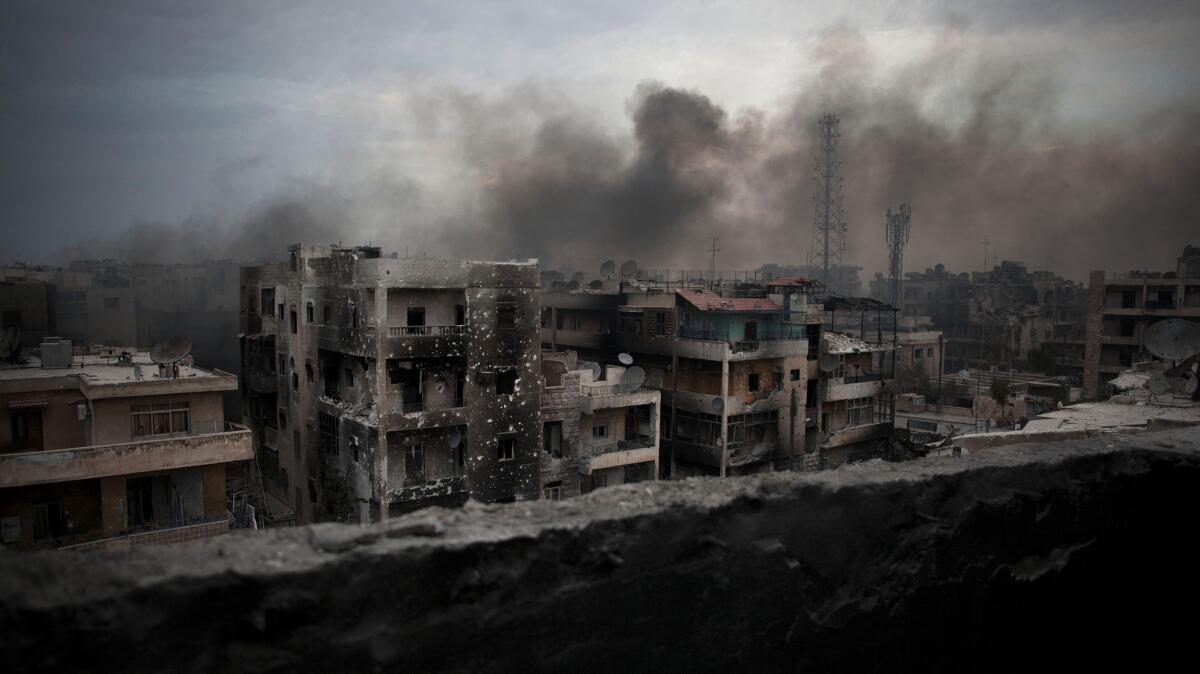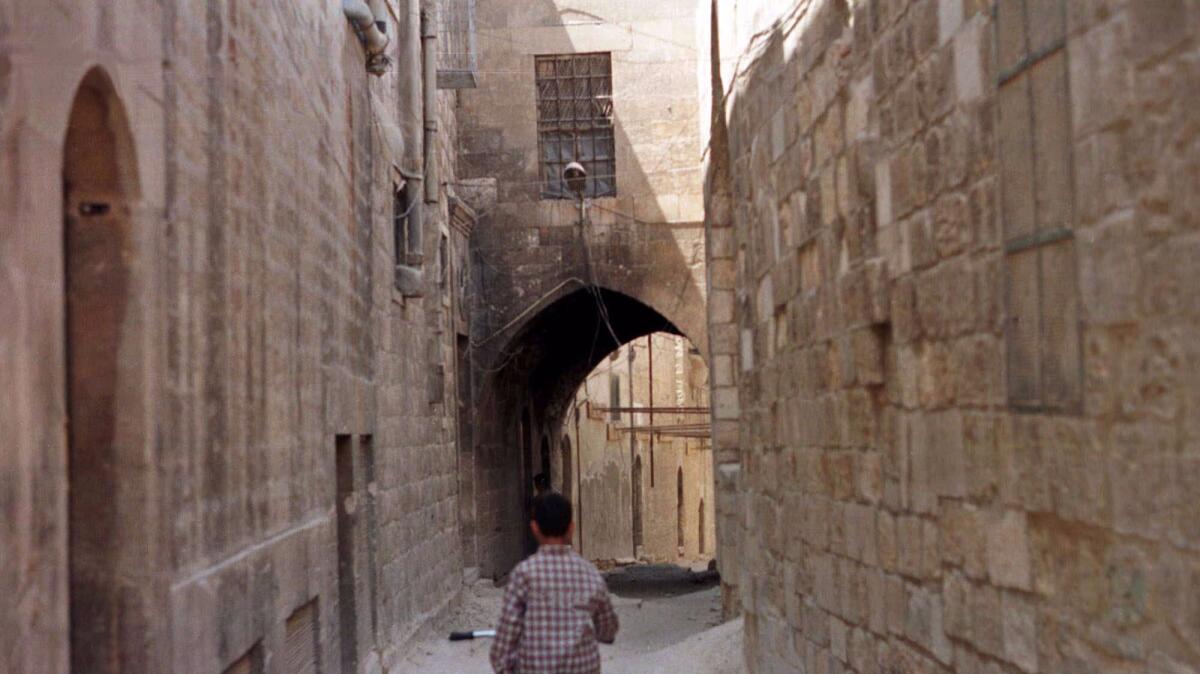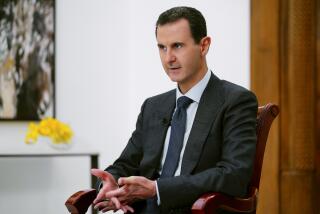Donât be like Gary Johnson: 8 things you should know about Aleppo, including what it is

Reporting from Beirut â Libertarian presidential candidate Gary Johnson had some trouble recognizing the name of a major Syrian city on Thursday. âWhat is Aleppo?â he asked in an interview on MSNBCâs âMorning Joe.â (In his defense, he claimed that he thought it was an acronym.)
Weâre here to help.
1. What is Aleppo?
Itâs one of the oldest cities in the world, located in Syriaâs north.

Asked what he would do, if elected, âabout Aleppo,â presidential candidate Gary Johnson responded: âWhat is Aleppo?â If that would be your response too, weâre here to help.
Itâs situated between the Mediterranean Sea and what was once known as Mesopotamia, now known as Iraq. (Aleppo is also the name of the surrounding province.)
2. Itâs got a rich history.
Aleppo has been an important trading center since the 2nd millennium B.C. and was a node on the Silk Road.
Gary Johnson may never have heard of the city, but Shakespeare did back in the early 17th century. In âMacbeth,â one of the witches torments a sailorâs wife, whose âhusbandâs to Aleppo gone.â

3. In modern times, Aleppo was Syriaâs largest city.
More than 2 million people lived there when the 2004 census was taken.
It was also the pride of Syrian industry. Large factories produced everything there from textiles to processed gold to laurel soap, all of which would fill markets in Turkey, Iraq, Jordan and elsewhere.
It was a tourist draw as well. Travelers meandering through the pedestrian walkways of the souk â the cityâs medieval marketplace â would look up to take in the grandeur of its mighty citadel, then take a break to experience Aleppoâs food, a melange of Levantine cuisine sprinkled with Turkish, Persian and Armenian influence.

Gary Johnson is the Libertarian party nominee running for President. Hereâs a look into how he got there.
4. Itâs a major flashpoint of the Syrian war.
Although the city resisted being drawn into the Syrian uprising when it began in 2011, opposition forces advanced into the towns and villages around it and eventually breached the city itself in July 2012.
By 2013, the government and the opposition were locked in a stalemate. The opposition held the east, and the government controlled the west.
Since then, each side has repeatedly tried to oust the other from the city, with varying degrees of success.
5. Itâs hard to say how many people live there now.
The U.N. says there are more than 1.5 million people in government-controlled neighborhoods. On the east side, accurate figures are harder to come by, but the area is thought to hold up to 200,000 people. Some opposition activists say the number is 300,000.
6. The city has become a symbol for Syriaâs suffering.
Russian and Syrian warplanes pound the rebel side, leaving hundreds dead and wounded just in the last month. Meanwhile, the opposition hurls thousands of repurposed gas canisters and home-made mortars from âhell cannonsâ and other weapons.
In August alone, 218 civilians were killed as a result of government airstrikes on opposition-controlled neighborhoods, according to the pro-opposition watchdog group the Syrian Observatory for Human Rights.
Rebel bombardment also killed 178 civilians in government-held areas in August, the group said.
7. No, itâs not the capital of the self-declared Islamic State.
(That would be Raqqah).
Yes, the former U.S. ambassador to Iraq, Christopher Hill, did call Aleppo that.
Islamic State fighters are not in the city of Aleppo, but there is a confederation of Islamist and so-called moderate, Western-supported rebels fighting against pro-government forces there.
8. Aleppo is now in the center of a diplomatic duel between the U.S. and Russia.
Again, the fate of the city takes on an outsize importance in regional affairs.
A breakthrough there, world powers hope, will usher in a larger ceasefire and present a path toward resolving the five-year Syrian civil war, which has killed hundreds of thousands (the U.N. stopped counting a few years ago), ravaged the country and spurred a global refugee crisis.
Bulos is a special correspondent.
ALSO
Gary Johnson: âWhat is Aleppo?â
Haunting image of boy in an Aleppo ambulance captures plight of children caught in Syrian war
More to Read
Sign up for Essential California
The most important California stories and recommendations in your inbox every morning.
You may occasionally receive promotional content from the Los Angeles Times.











